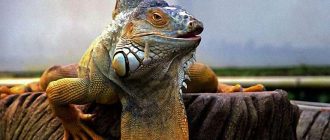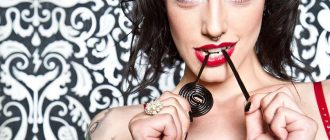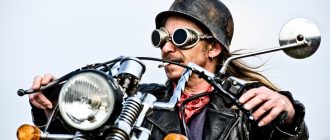Would you like to know more about the Australian light horseman? Read our informative guide…
Australian light horseman served during World War I and the Second Boer War; they were mounted troops that had the characteristics of both mounted infantry and the cavalry. Although the Australian Light Horseman Brigade was not considered to be a part of the cavalry; they were the only mounted infantry to make a successful charge in the 1917 Battle of Beersheba.
There are several units of Australian light horse even today, among the most famous units is the 2nd and 14th light horse regiments of the Queensland Mounted Infantry. The unit is lightly armored and is equipped with the Australian version of the LAV-25.
Despite their success in two of the most famous wars fought by Australian troops, by the late nineteenth century the future of Australian light horseman infantry was in danger because most bigwigs in military circles were debating the future of mounted troops. The debate started because of the successes in the Franco-Prussian War which was dominated my massed land armies and not mounted troops; these land armies were supported with artillery. But the Australian scenario was different; they had vast land but very few people so they couldn’t possible consider going the European way
By 1890, drought and depression had weakened the states in the country and the best that they could afford in terms of protection were token armies that were mainly comprised of volunteers. But the Second Boer war changed the situation and since the Australians had to fight against the Boers in South Africa; the light horse regiments and a rifle club were established.
The Australian light horseman was not like any other mounted infantry because the horses were just used for travel while they always fought dismounted. The Australian light horsemen would usually be organized with the cavalry and not the infantry. One Australian light horseman regiment contained about 600 men so it was a little smaller than an infantry battalion which would generally contain 1000 men.
Generally one quarter of the men would be assigned to horse holding duty while the other three quarter strength entered combat.
The Australian light horseman regiment would be divided into three squadrons, each the equivalent of a company while a squadron was further divided into four groups. The troops were further divided into ten 4-men sections out of which one man would be responsible for reining the horses of the other three solders and getting them out of the firing line while the other engaged in combat. Each troop had two Maxim guns but when the Australian light horseman regiment fought in Gallipoli they were given Fur guns.





